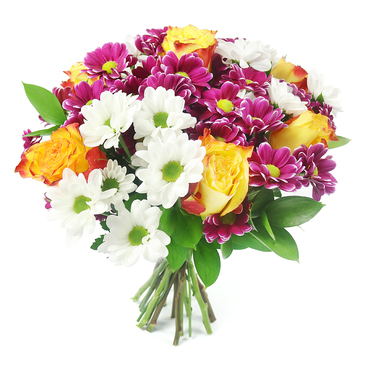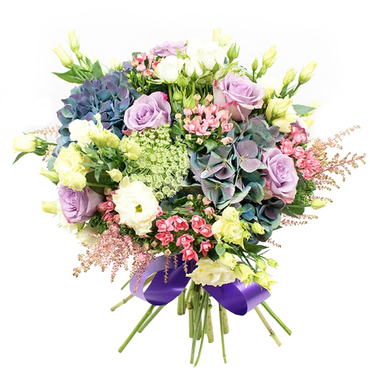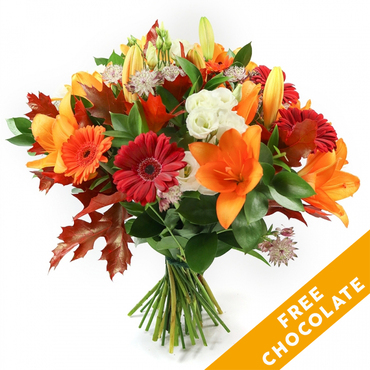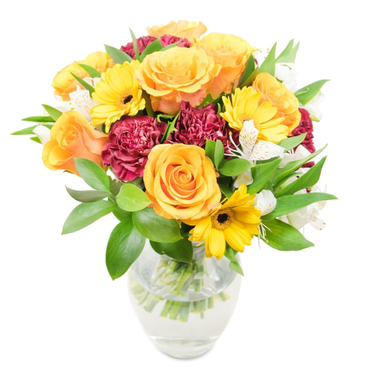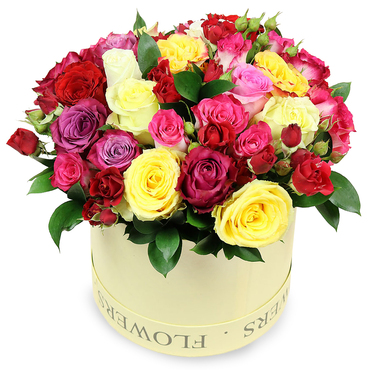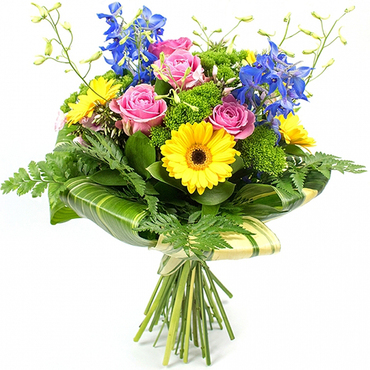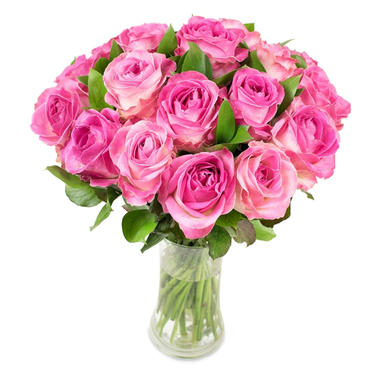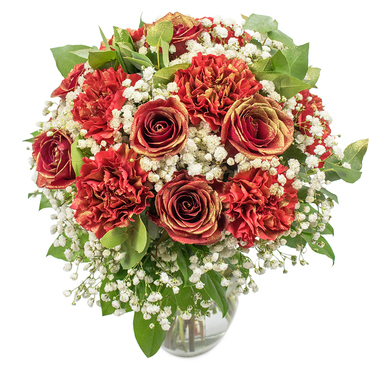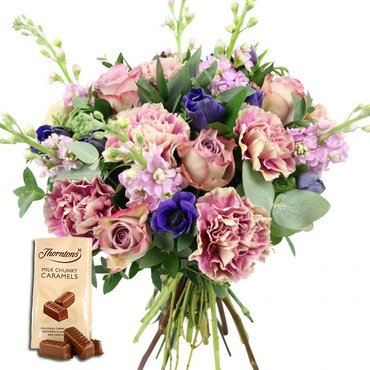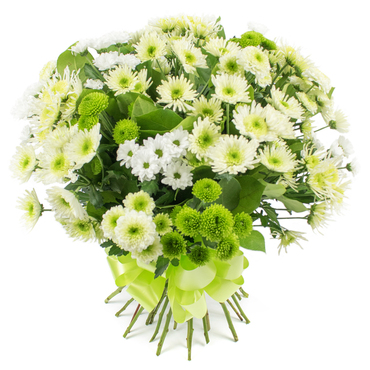Symbolism of Flowers in Cinema
Posted on 11/09/2025
Flowers have long been intertwined with the symbolic language of cinema, serving as poignant visual metaphors that enrich narrative depth and emotional resonance. The symbolism of flowers in cinema is a rich and complex topic, encompassing a myriad of meanings from the universal to the personal, the joyous to the tragic. This article delves into the myriad ways flowers are employed in films, exploring their significance, specific usages, and thematic implications.
The Universal Language of Flowers
The tradition of associating specific meanings with flowers dates back centuries, and filmmakers have harnessed this pre-existing cultural knowledge to add layers of meaning to their storytelling. For example, the rose, often representing love or passion, appears in countless films to symbolize romantic entanglements or desires. Conversely, the lily can denote purity or death, depending on the context.
The universality of flower symbolism allows for a shared visual language between filmmakers and audiences. Even if the plot or dialogue may be ambiguous, the appearance of certain flowers can subtly guide viewers toward a deeper understanding of the film's themes.

Flowers as Narrative Devices
Flowers can be powerful narrative devices that facilitate character development, foreshadow events, or highlight key themes. In Alfred Hitchcock's classic film "Vertigo," the bouquet of flowers plays a crucial role. When Scottie (James Stewart) follows Madeleine (Kim Novak) to the cemetery, he sees her at the grave with a bouquet. This moment foreshadows the connection between life and death, as well as Scottie's growing obsession with Madeleine.
Similarly, in "American Beauty," the red rose symbolizes multiple layers of meaning. Lester Burnham's (Kevin Spacey) lust for Angela Hayes (Mena Suvari) is often depicted through his fantasies involving rose petals. The roses in the film symbolize repressed desires, the facade of the American Dream, and ultimately, the tragedy of unfulfilled lives.
The Emotional Palette of Flowers
One of the most compelling reasons filmmakers use flowers in their visual storytelling is the wide array of emotions they can evoke. From joy and celebration to mourning and regret, flowers offer a versatile emotional palette. In "The Great Gatsby," directed by Baz Luhrmann, Daisy Buchanan (Carey Mulligan) is often surrounded by fresh, vibrant flowers, symbolizing her charm and the artificial beauty of her world. Yet, as the story unfolds, these same flowers symbolize the ephemeral nature of Gatsby's (Leonardo DiCaprio) dream and the ultimate decay of his aspirations.
In the poignant film "The Fault in Our Stars," directed by Josh Boone, flowers are recurrent symbols of life and death. Hazel Grace Lancaster (Shailene Woodley) and Augustus Waters (Ansel Elgort) share moments that are fleeting and beautiful, much like the flowers that often appear during their most intimate and tender scenes.
Contrasting Themes Through Flower Symbolism
Flowers are often used to accentuate contrasts within a film's narrative. For instance, in the South Korean film "Oldboy," directed by Park Chan-wook, the protagonist Dae-su Oh (Choi Min-sik) presents a bouquet of flowers, only for violent events to unfold soon after. This stark contrast between the beauty of the flowers and the brutality of the subsequent scenes heightens the emotional impact and underscores the film's themes of vengeance and redemption.
Another example is evident in "Atonement," directed by Joe Wright. In the film, flowers are used to accentuate the lost innocence and devastating consequences of false accusations. Their presence serves as a poignant counterpoint to the unraveling of lives and relationships due to one fateful lie.
Floral Symbolism Across Cultures
The meaning attached to flowers can vary significantly across different cultures, and filmmakers often tap into these diverse connotations to enhance their storytelling. In the Japanese film "Ikiru," directed by Akira Kurosawa, chrysanthemums symbolize death and are a constant reminder of the protagonist's terminal illness. In the same vein, "Memoirs of a Geisha," directed by Rob Marshall, uses cherry blossoms to symbolize the fleeting yet beautiful nature of life and love.
In Indian cinema, the lotus flower often appears as a symbol of purity, spiritual awakening, and enlightenment. This can be prominently seen in Satyajit Ray's "Pather Panchali," where the lotus flower enriches the spiritual and cultural tapestry of the narrative, reflecting the inner lives of the characters.
The Evolution of Floral Symbolism
The use of flowers in cinema has evolved over the decades, influenced by changing social norms, artistic movements, and technological advancements. In early films, flowers were often used in a straightforward, almost literal sense, primarily to enhance the visual appeal. Over time, with the advent of auteur cinema and more sophisticated storytelling techniques, the symbolic use of flowers became more nuanced and layered.
Take, for example, the transformation from classic Hollywood films like "Gone with the Wind," where flowers are used to accentuate the Southern belle image of Scarlett O'Hara, to more contemporary works like "Her," directed by Spike Jonze, where flowers appear in fragmented, abstract forms, symbolizing the complex, often incomplete nature of human relationships in a digital age.

Contemporary Takes on Floral Symbolism
Modern filmmakers continue to push the boundaries of floral symbolism in innovative ways. In Denis Villeneuve's "Blade Runner 2049," the discovery of a single flower signals a profound revelation. It contrasts starkly with the desolate, futuristic world the characters inhabit, symbolizing hope, life, and the possibility of regeneration.
In Greta Gerwig's "Little Women," flowers are subtly used to reflect the inner lives of the March sisters. Each sister is associated with different flowers that mirror their personalities and life paths, from the wildflowers surrounding Jo (Saoirse Ronan) symbolizing her free spirit to the cultivated blooms near Amy (Florence Pugh) reflecting her aspirations for a refined life.
Conclusion
The symbolism of flowers in cinema is a multifaceted and dynamic element that enriches the visual and emotional tapestry of films. Whether used to signify love, death, innocence, or transformation, flowers serve as powerful symbols that resonate deeply with audiences. By understanding the cultural, narrative, and emotional connotations of flowers, viewers can gain a deeper appreciation for the nuanced artistry involved in filmmaking.
As cinema continues to evolve, the symbolic use of flowers will undoubtedly persist, offering new layers of meaning and enriching the storytelling landscape. Directors and writers will continue to explore this timeless symbol, ensuring that flowers remain an enduring and evocative element in the world of film.





